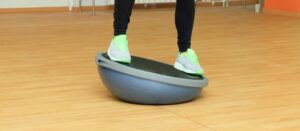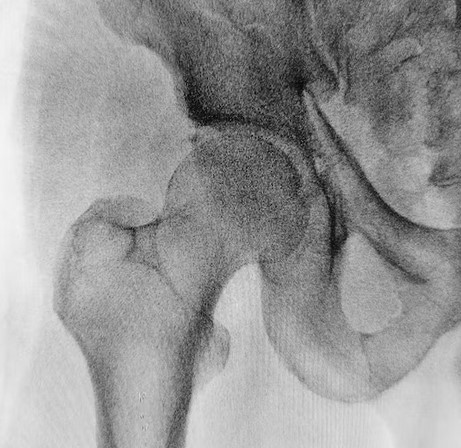Biomechanical Problems
Biomechanics refers to the forces that the human body uses to move. When done right, it’s smooth and pain-free…but when there’s a problem with the biomechanics, it will lead to pain and injury to the physical body such as
- joints
- tendons
- muscles
- ligaments
- muscles
- etc
Sometimes people think “biomechanics are only for athletes and sporty people” but that’s not the case – biomechanics affects everyone and anything that moves. If there’s a biomechanical problem, it’d impact one’s ability to sit, stand, walk, run and do stuff as a whole.
Common biomechanical injuries
Abnormal or sub-optimal biomechanics will stress body parts unnecessarily, and the most common biomechanical injuries are:
- repetitive strain injuries such as tennis elbow, golfer’s elbow, carpal tunnel syndrome, runners knee
- traumatic injuries such as sprains, strains, tears and fractures
due to
- poor technique
- muscle imbalance
- poor posture
- inadequate equipment such as improper footwear
Biomechanics and physiotherapy
Biomechanics can be impacted even by the tiniest abnormalities, such as
- muscle length
- muscle strength
- coordination
- tight muscles
- scar tissue
- improper footwear or gear
Anything that impact the normal biomechanics of the individual will increase the risk of injury and pain.
What physiotherapists will do is to assess the way you stand, sit, walk, run, do ___ and find out if there’s anything unusual which needs to be corrected to prevent pains and treat the core issue at large.
After that, the physios will provide treatments to restore normal movement and improving technique. This can enhance the individual’s performance and help prevent future biomechanical injuries.
Physiotherapy treatments

There are a variety of treatments which can be used to treat biomechanical problems, which includes:
- Strengthening exercises
- Stretching exercises
- Balance training with
- balance boards
- bosu ball
- balance ball
- wobble board
- Manual therapy
- Ultrasound therapy
- Radio-frequency physiotherapy
- Cold therapy
- Heat therapy
- Computerized spinal decompression traction
- Joint mobilisations
- Movement re-education
- Massage
Where To Next?
- Go to Home / Start
- Learn and find out more about your pains (bones, muscles, joints, tendons, ligaments, nerves etc) at Pain Conditions & Injuries
- Visit our shop to see products we recommend for pain relief, heating, treatments and more
- Contact us





